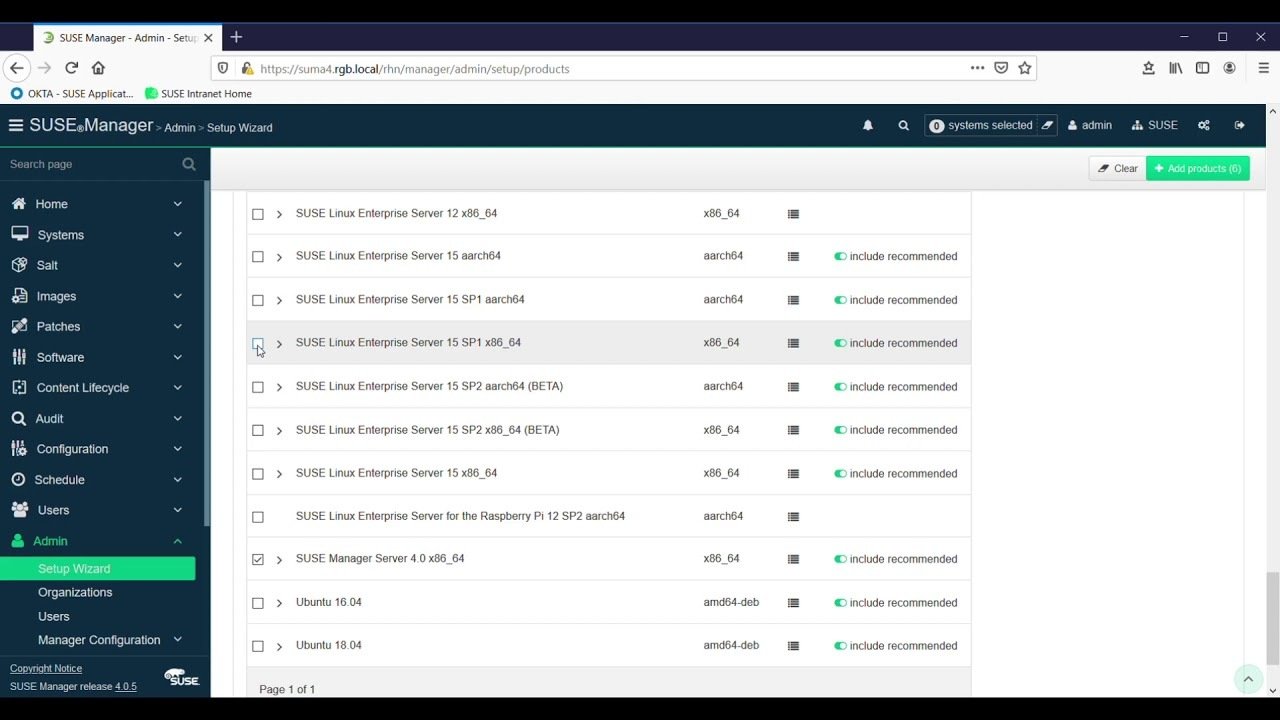Choice Happens: Why Mixed Platform IT Environments Foster Resilience and Freedom of Choice
In the fast-paced and ever-evolving world of technology, businesses face a crucial decision – whether to adopt a single-platform IT strategy or embrace the potential benefits of mixed platform environments. While some argue that a single-platform approach streamlines operations, compelling reasons suggest that mixed platform setups are the way forward. In this blog, we will delve into the reasons why mixed platform IT environments contribute to organizational resilience and freedom of choice, effectively mitigating the risks of vendor lock-in and cultivating a healthy IT ecosystem.
Redundancy and Resilience
One of the most significant advantages of a mixed platform IT environment is the enhanced redundancy and resilience it offers. Relying solely on a single vendor for all IT solutions can create a vulnerable single point of failure, jeopardizing the entire organization during unexpected disruptions. By diversifying the IT infrastructure across multiple platforms, businesses can distribute risk effectively, ensuring that failures in one area do not cripple the entire system.
SUSE Manager (SUMA) is a prime example of how mixed platform environments bolster resilience. Designed to manage heterogeneous IT environments comprising various platforms’ hardware and software, SUMA efficiently handles diverse operating systems like SUSE Linux Enterprise, Red Hat Enterprise Linux, CentOS, Ubuntu and more. By supporting multiple platforms, SUSE Manager empowers customers to evade the limitations of single-vendor environments, thereby promoting flexibility and adaptability.
SUSE Manager managing a mixed environment of SLES and Ubuntu
